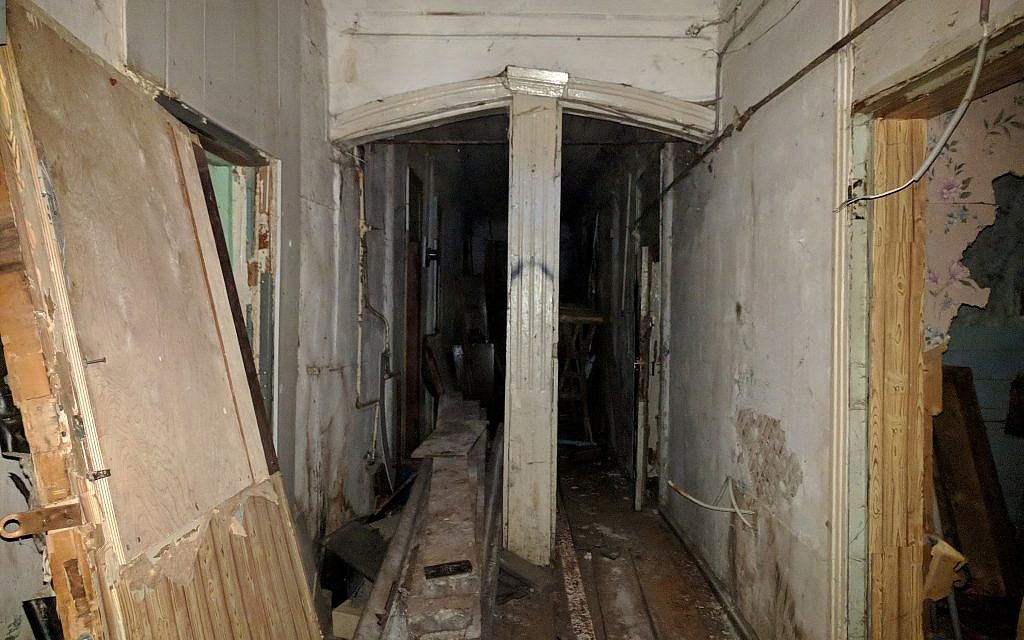Saturday, March 17, 2018
In frozen Siberia, a small Jewish community is unthawed

As fish was eaten and toasts raised by the Jewish leadership of Tomsk, the quiet central Siberian city’s Jewish community chairman Baruch Ramatsky suddenly produced a small, ancient Torah scroll.
From the looks on the faces of Russian Chief Rabbi Berel Lazar, and Tomsk’s local rabbi, Levi Kaminetsky, this was not part of the planned celebrations heralding the return of a historical synagogue once appropriated by the Communist authorities.
Called the Cantonist Synagogue, the returned building is a rickety wooden structure — one of just a few of its kind still standing — that was built over 110 years ago by a group of veteran conscripts, or Cantonists, who were forced to serve over 25 years in the tsar’s army as child conscripts.
A small but dedicated number of Jewish Cantonists resisted systemic pressure to convert while enlisted. But ironically, they were shunned as “uncouth” by their community upon their return home decades later and were often segregated into a separate section in the back of the synagogue. In response, the Cantonists of Tomsk formed a congregation of their own.
Torah-wielding Ramatsky’s grandfather was the last caretaker of that synagogue before it was taken over by the Soviets in 1930.
“We’ve been safeguarding this Torah in my family for 90 years,” Ramatsky said. “And now it is time for it to come out of hiding.”
Together with the belated return of the Cantonist synagogue, the revelation of the existence of the scroll was an apt metaphor for the greater Russian-Jewish community, which even decades after the fall of the Iron Curtain is still cautiously emerging from its shell. And, like the Cantonists themselves, it was a unique symbol of resilience in the face of adversity.
On that subzero afternoon, members of Tomsk’s small but stalwart community danced with the Torah in front of the Cantonist synagogue after a ceremony in which the city’s mayor, Ivan Klyayn, symbolically handed over the building’s keys to Lazar.
From yesterday to tomorrow
While the Jews of Tomsk celebrated in front of the ancient wooden synagogue, just 25 kilometers (15 miles) southward some 160 young adults excitedly converged at the launch of an annual three-day long weekend aimed at fostering a sense of Jewish community and identity among a cohort in their late teens and early 20s.
The venue was a sprawling campus in the middle of the Siberian forest that impossibly gave off a sense of lushness, even from beneath a heavy blanket of snow and ice. The numerous dormitories that comfortably housed hundreds formed a circle around a main building. There, in addition to the administrative offices, was found a kosher cafeteria and an auditorium that was soon to double as a dance studio.
Part of the Russian Jewish community’s greater Yachad youth initiative which includes the Eurostars program, this group for young adults, called ZOOM, holds weekly activities across Russia, Belarus, Azerbaijan and Kazakhstan. Like many parallel North American youth groups, it is divided into regions, where participants take turns gathering in different host cities. Tomsk falls into the sparsely populated Siberia region – geographically the largest by far.
https://www.timesofisrael.com/in-frozen-siberia-a-small-jewish-community-is-unthawed/
Comments:
Post a Comment
